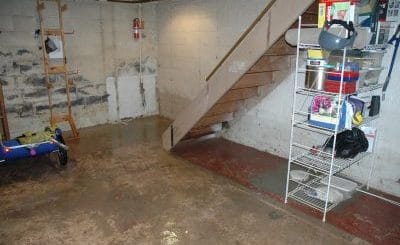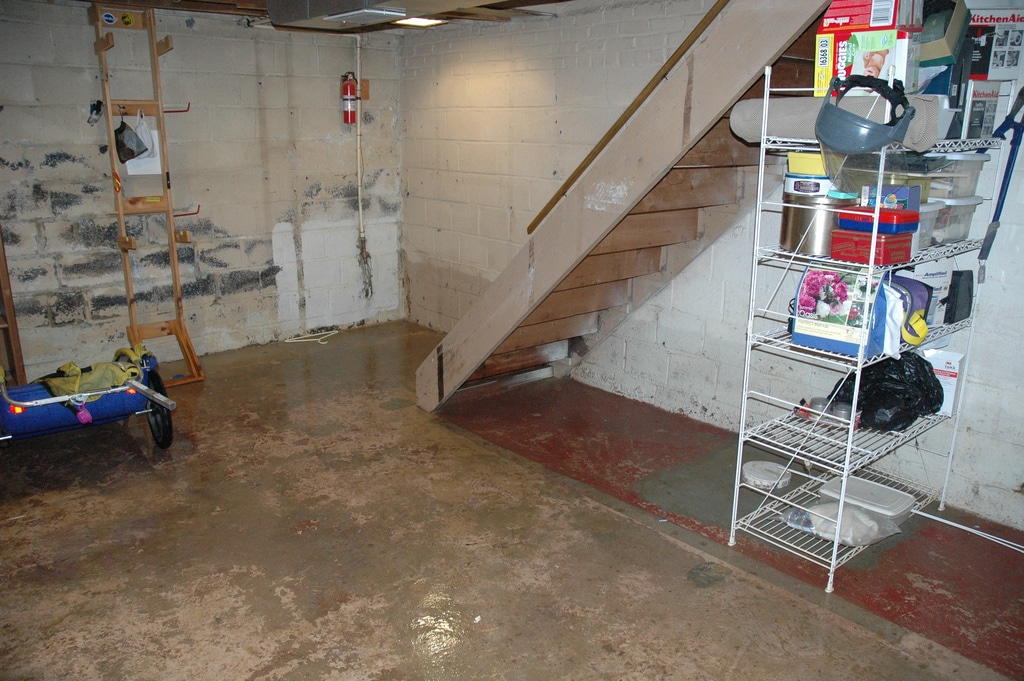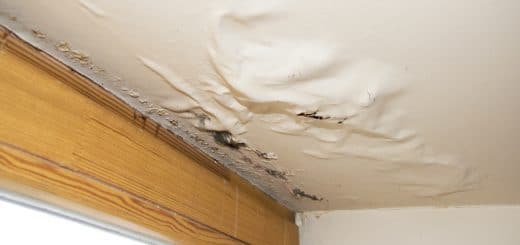How Water and Condensation Affects Indoor and Outdoor Light Bulbs and Light Fixtures
Light bulbs and light fixtures are exposed to a variety of conditions both inside and outside of the house–rain, steam, cold, etc. For this reason, it is highly likely that every homeowner will encounter moisture in a light fixture somewhere on their property at some point or another. In this post, we’ll be breaking down the most common reasons why this happens and whether or not they’re anything to worry about.
Condensation vs. Water Ingress
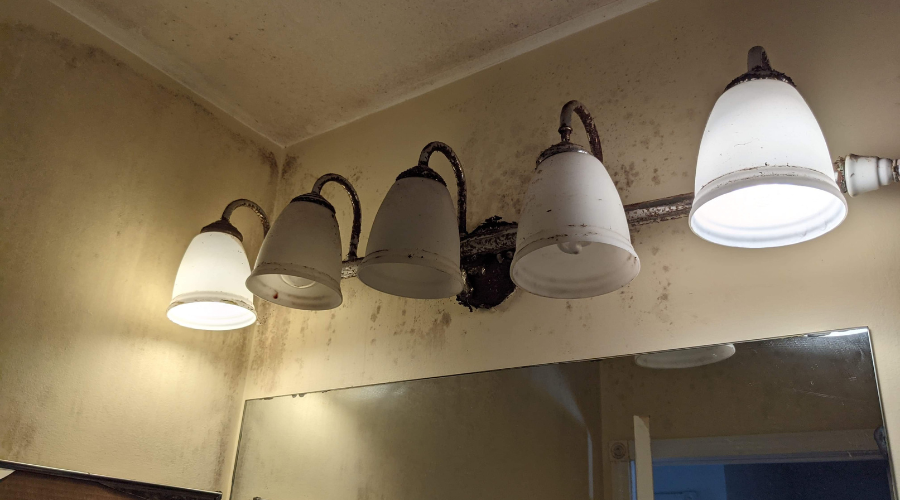
First, it’s important to understand the difference between the two main forms of moisture found in lights: condensation and water ingress. What exactly do these terms mean?
Condensation simply refers to the transformation of gaseous water (or water vaporVapor is the gaseous form of a substance that is typically l... More) into a liquid. Typically, this will appear as small droplets of moisture within the light and is not a cause for concern. Condensation often appears due to the following process:
- Air gets caught inside the light during manufacturing
- Moisture can easily be absorbed into the light’s plastic components
- Heat generated by the light causes the plastic to emit moisture
- Moisture convenes on the lens of the bulb because it is cooler
It is important to note that halogen lamps will show less condensation because they generate more heat, thus evaporating any moisture. LED lights, on the other hand, often have more issues with moisture buildup because they are less hot and therefore cannot evaporate water as effectively. Although moisture in a lightbulb is not, on its own, anything to worry about, you should be aware that condensation on your light bulbs indicates that the same thing is likely happening in other areas of your home, such as the walls, ceilings, and window frames. Over time, this moisture will cause damage to those areas and potentially result in mold or mildew growth.
Alternatively, water ingress occurs when water leaks into the lightbulb from the outside. This will result in larger pools of water that are clearly visible externally. The causes of water ingress are variable–in some cases, it can result from a manufacturer defect, or in others, the issue can be the consumer’s mishandling of the bulb. In any case, water ingress is liable to cause damage, so it is important to address if you notice it in any of the lightbulbs in your home.
In cases where the ingress is in relation to a larger water damage issue such as a flood or storm, it will be necessary to contact a water mitigation specialist to stop the source of the water and safely replace damaged bulbs and other property. The most significant danger associated with water leaking from a ceiling light fixture is the risk of experiencing an electric shock, so we recommend leaving this task to professionals to keep yourself and others safe.
Indoor vs. Outdoor Bulbs
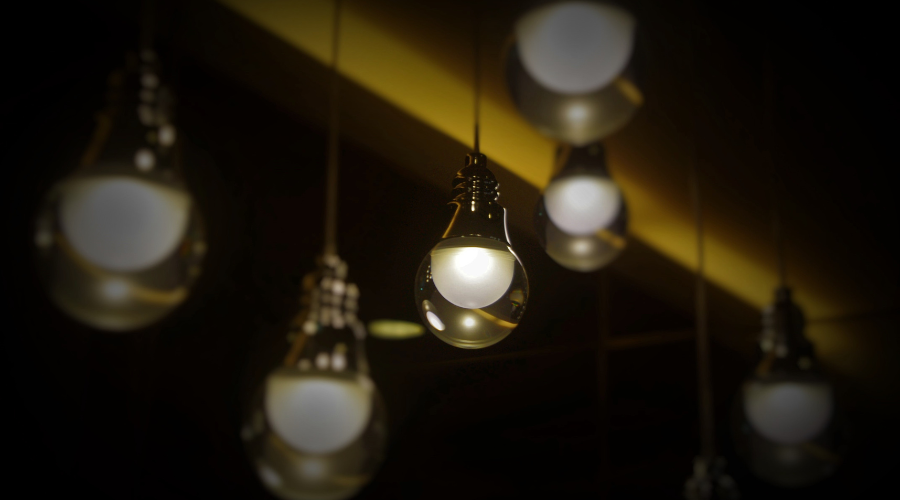
UL Certifications and ETL Listings provide a list of product certifications that determine whether a particular product may be used in specific applications. They are used as guidelines for buyers to make informed decisions on select lighting fixtures, such as floor lamps and ceiling lights. In the United States, the Underwriters Laboratories (UL) is an independent product safety certification organization that tests and rates electrical equipment under its UL Listing system. Intertek Group is a separate company that tests and rates lighting products under its ETL Listed system. The rating assigned to your specific light bulb will tell you how well it is able to tolerate moisture.
Indoor and outdoor bulbs are constructed for different purposes and therefore handle water differently. Use the following guidelines to ensure you are placing your lightbulbs in locations appropriate for their moisture tolerance:
- UL Listed – Dry Locations
- Dry locations do not regularly experience dampness or moisture of any kind. UL Listed Dry Location bulbs are appropriate for most indoor living spaces including living rooms, bedrooms, kitchens, hallways, and bathrooms.
- UL Listed – Damp Locations
- “Damp” refers to locations that are regularly subject to condensation of moisture inside or near the electrical components of the lighting fixture. Appropriate for areas exposed to moderate levels of moisture including showers, bathtubs, and indoor pools.
- UL Listed – Wet Locations
- Wet locations are those where water is likely to drip or splash onto the lighting fixture. Appropriate in indoor and outdoor areas such as patios, decks, gazebos, and walkways where the light will likely be exposed to rain.
Regardless of the environment, all light bulbs and light fixtures are susceptible to housing moisture at some point. This can be due to a variety of causes, but condensation is by far the most common. It is important to be aware of the moisture tolerance of the lightbulbs used in your home to ensure you are only placing them in appropriate areas where the moisture is unlikely to cause damage.
In cases of water ingress or more extensive water problems, contacting a professional water mitigation team may be necessary. These professionals support homeowners and small business owners in rectifying their water damage issues from burst pipes to ceiling leaks and storm damage.










